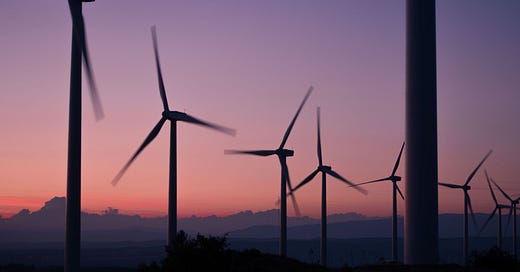You don’t get much, if any, good news in sustainable fashion. Awareness of the industry’s awful impact on the planet is constantly growing — which is good, of course — but in the years I’ve spent writing about the issue, there’s been no real answers to any of fashion’s enormous problems. And when it comes to the greenhouse gas emissions boiling the planet and melting our future, the miserable truth is that despite the apocalyptic projections coming from climate scientists, no major fashion brand has been able to reduce its carbon footprint. Until now, the industry has been relying on dodgy offsetting programs and even dodgier accounting methods to make it look like emissions are going down when they’re actually going up.
Which is why this recent announcement featuring H&M is such a big deal. The fast fashion bogeyman is part of a fund that aims to invest $100million into developing a wind farm in Bangladesh. It’s not just H&M involved — the fund was put together by Global Fashion Agenda, the organizers of the Copenhagen Fashion Summit, and will also be financed by Bestseller, a much less famous fast fashion group from Denmark.
Why is it such a big deal? It all comes down to how clothes are made.
If you consider the impact your shopping habits have on the planet, you might think of the plastic bag your t-shirt comes in or the DHL truck delivering it, but the real source of fashion’s huge carbon footprint is the supply chain — the global network of factories that produce clothing, bags and shoes. The spinners, dye houses and fabric mills making our clothes are all run by different companies, which means brands don’t actually make the clothes they sell, they’re just paying someone else to do it for them. And this is why the industry has made basically zero progress on reducing its emissions — because why would a brand pay to put solar panels on someone else’s roof?
Keep reading with a 7-day free trial
Subscribe to Ordinary Delusions to keep reading this post and get 7 days of free access to the full post archives.



